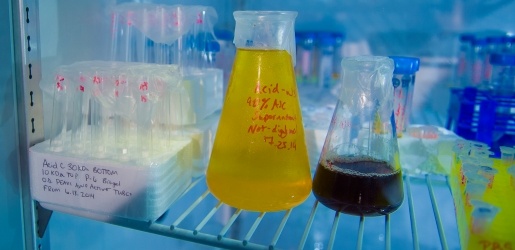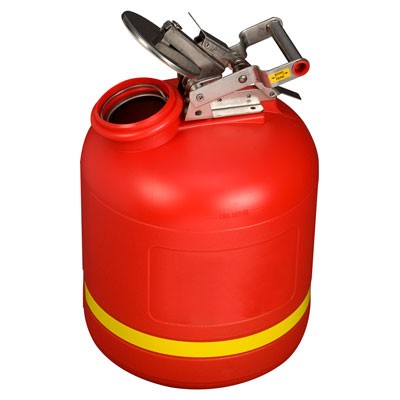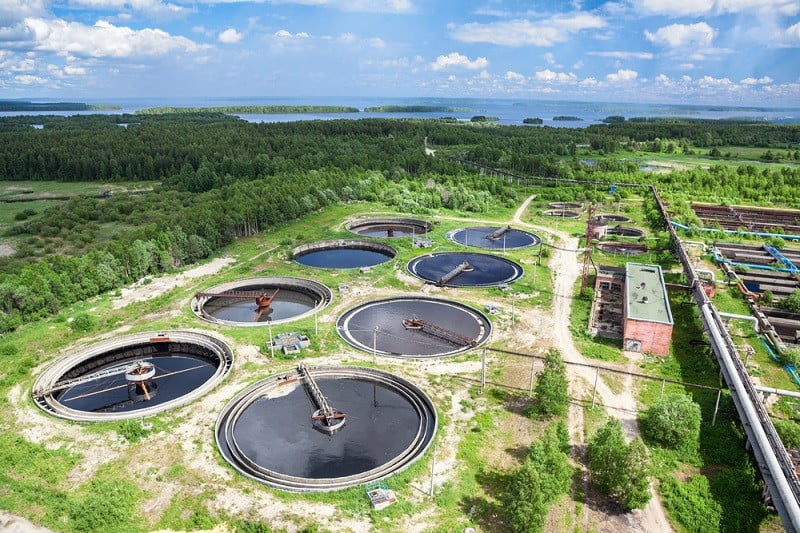Reputable Liquid Waste Disposal Melbourne: Safe and Reliable Solutions
Reputable Liquid Waste Disposal Melbourne: Safe and Reliable Solutions
Blog Article
Just How Fluid Waste Disposal Works: An In-depth Summary of Techniques and Technologies Used

Summary of Liquid Waste Types
The complexity of liquid waste kinds requires a comprehensive understanding of their features and effects for disposal. Fluid waste can extensively be categorized right into several kinds, including commercial, metropolitan, farming, and contaminated materials. Each classification shows unique properties, calling for specific management methods to alleviate environmental and health threats.
Industrial fluid waste originates from manufacturing procedures and often consists of a variety of pollutants, such as hefty metals, solvents, and organic compounds. Local fluid waste, primarily consisting of wastewater from homes and commercial facilities, has raw material, nutrients, and microorganisms (industrial wastewater treatment). Agricultural liquid waste, consisting of overflow from ranches, might include plant foods, chemicals, and pet waste, presenting threats to water top quality and communities
Unsafe liquid waste is identified by its toxicity, reactivity, or potential to cause injury. Recognizing these varied fluid waste types is important for establishing effective disposal approaches and making sure conformity with ecological regulations.
Physical Therapy Techniques

Testing is the preliminary step, where larger fragments and particles are removed from the fluid waste utilizing screens or grates. In sedimentation tanks, larger bits settle at the base, creating a sludge layer, while the cleared up fluid can be more dealt with.
Purification is an additional necessary technique that includes passing the liquid via permeable materials, such as sand or membrane layers, to capture smaller sized bits. This step boosts the high quality of the fluid, making it appropriate for succeeding treatment procedures.

Chemical Treatment Methods
Chemical therapy methods are essential for successfully managing liquid waste, particularly in resolving dissolved and colloidal impurities that physical methods may not appropriately eliminate. These strategies utilize numerous chemical agents to reduce the effects of, speed up, or change dangerous materials into less unsafe forms.
One common technique is coagulation and flocculation, where chemicals such as alum or ferric chloride are included in promote the aggregation of put on hold fragments. This process enhances sedimentation, allowing for less complicated removal of the resulting sludge. Furthermore, oxidation procedures, using representatives like chlorine or ozone, are utilized to damage down complex organic compounds and pathogens, providing the waste more secure for discharge or further treatment.
Neutralization is one more essential technique, which adjusts the pH of acidic or alkaline waste streams to neutral levels, stopping possible injury to downstream systems and the environment. Furthermore, progressed oxidation processes (AOPs) use mixes of oxidants and ultraviolet light to weaken relentless toxins, attaining a greater level of treatment efficiency.
Biological Treatment Processes
Organic therapy procedures play a crucial role in the monitoring of liquid waste by making use of microbes to disintegrate raw material and lower contaminant degrees. These procedures can be generally classified right into anaerobic and cardiovascular therapies, each utilizing certain microbial neighborhoods to accomplish effective waste degradation.
Aerobic treatment involves using oxygen to promote the malfunction of organic materials by bacteria. This procedure is generally applied in triggered sludge systems, where aeration tanks provide a conducive setting for microbial development, resulting in the oxidation of organic toxins. The resultant biomass can be divided from dealt with effluent with sedimentation.
On the other hand, anaerobic therapy happens in the lack of oxygen, counting on different germs to break down natural matter. This approach is especially beneficial for high-strength waste, as it generates biogas, an eco-friendly power source, while lowering sludge production. Technologies such as anaerobic digesters are frequently employed in industrial and metropolitan applications.
Both anaerobic and cardio organic treatments not just lessen the environmental effect of liquid waste however additionally assist in resource healing, making them vital components of lasting waste administration methods. Their adaptability, efficiency, and efficiency support their prevalent execution throughout different fields.
Emerging Technologies in Disposal
Innovative techniques to fluid waste disposal are rapidly progressing, driven by advancements in innovation and an helpful site increasing emphasis on sustainability. Among these arising innovations, membrane layer bioreactors (MBRs) have actually gained traction for their capability to integrate biological treatment with membrane filtering, leading to premium effluent that can be reused in different applications. MBRs allow smaller footprints and Full Article much more reliable operations contrasted to standard systems.
An additional appealing growth is making use of anaerobic food digestion integrated with nutrient recovery innovations, which not just deals with liquid waste however also creates biogas and recovers important nutrients like nitrogen and phosphorus. This twin advantage improves resource effectiveness and decreases environmental impact.
Additionally, advanced oxidation procedures (AOPs) are being taken on for the deterioration of complex natural contaminants. These methods utilize effective oxidants and stimulants to break down pollutants at the molecular degree, supplying a highly reliable remedy for difficult waste streams.
Furthermore, the integration of artificial intelligence and artificial intelligence in waste monitoring systems is maximizing operational effectiveness and predictive maintenance, resulting in minimized prices and improved environmental conformity. These modern technologies mirror a considerable change in the direction of even more efficient and sustainable liquid garbage disposal go right here practices.
Final Thought
Finally, efficient liquid garbage disposal demands a detailed understanding of numerous techniques and modern technologies. The integration of physical, chemical, and biological treatment approaches guarantees the reliable administration of varied waste kinds. Moreover, the appearance of cutting-edge modern technologies boosts treatment efficacy and promotes sustainability in waste monitoring techniques. By continually progressing these methodologies, it ends up being feasible to deal with the growing obstacles related to liquid waste, ultimately adding to environmental management and source healing.
Liquid waste disposal is a vital aspect of environmental monitoring, calling for a comprehensive understanding of numerous strategies and technologies tailored to different waste types. Fluid waste can extensively be classified into numerous types, consisting of commercial, community, agricultural, and harmful waste. Agricultural fluid waste, including overflow from ranches, may include plant foods, pesticides, and pet waste, posing risks to water quality and ecosystems.
Various physical therapy techniques play a critical function in managing liquid waste effectively - industrial wastewater treatment.In verdict, effective fluid waste disposal requires a comprehensive understanding of numerous methods and technologies
Report this page